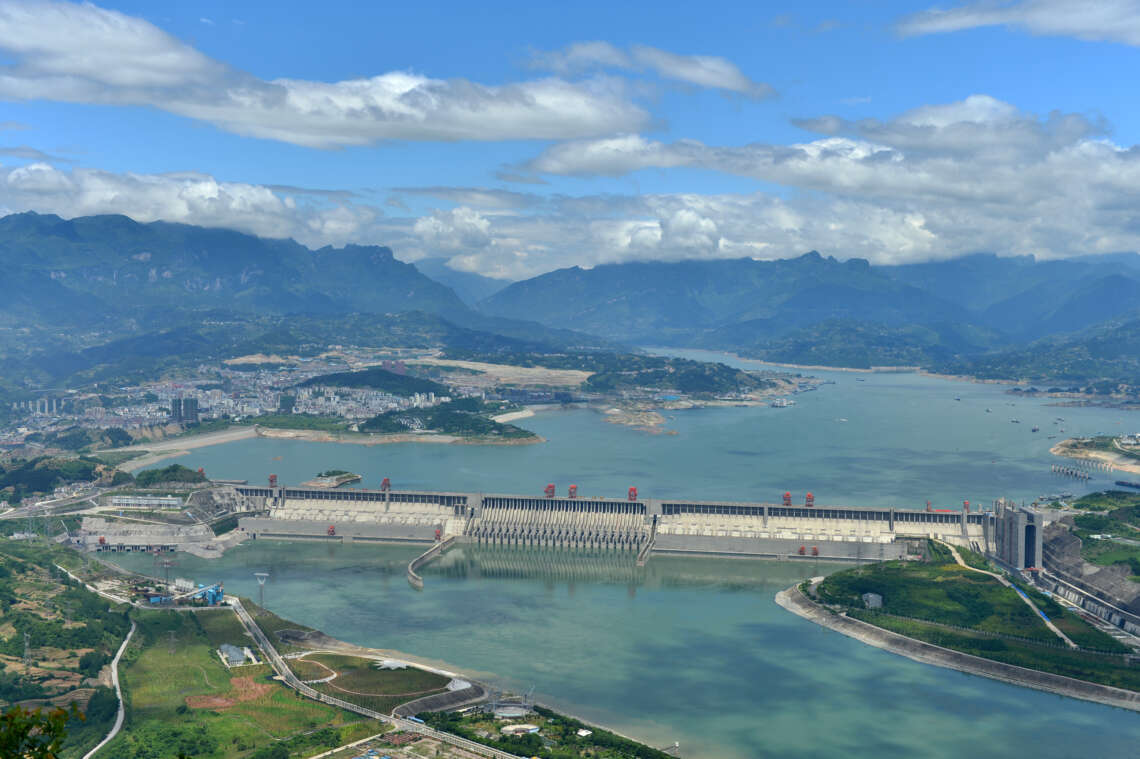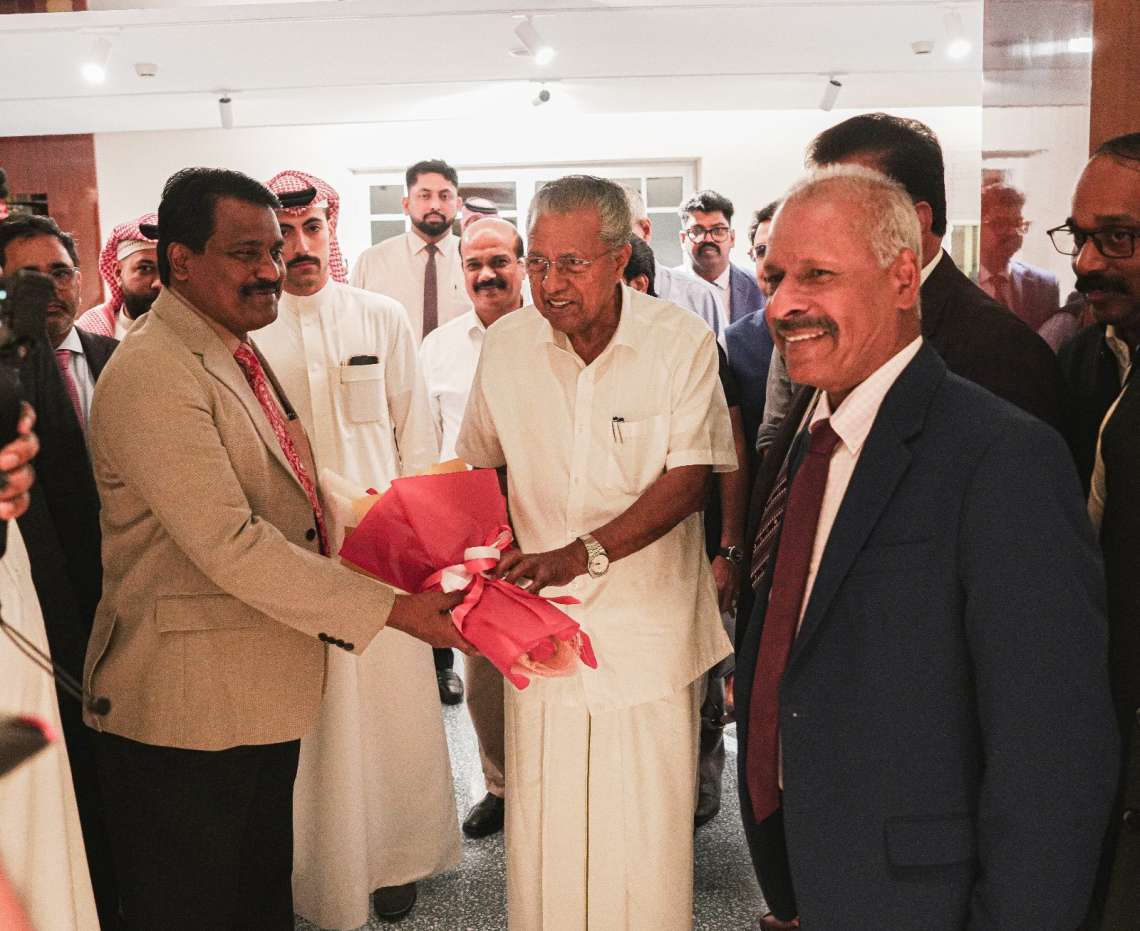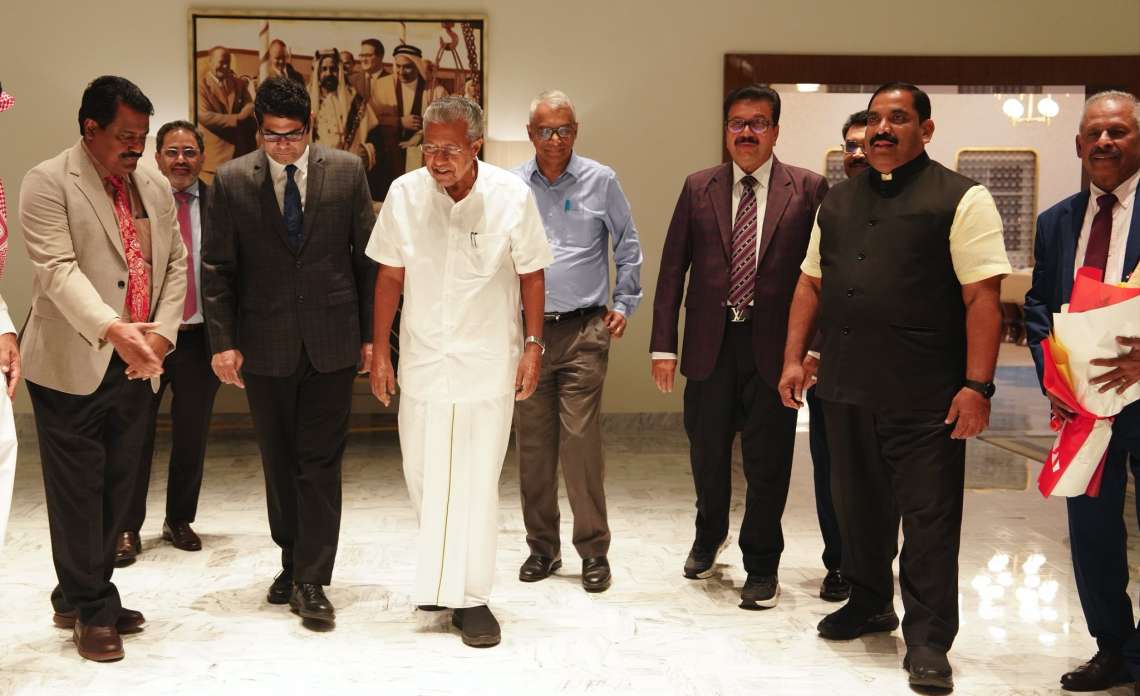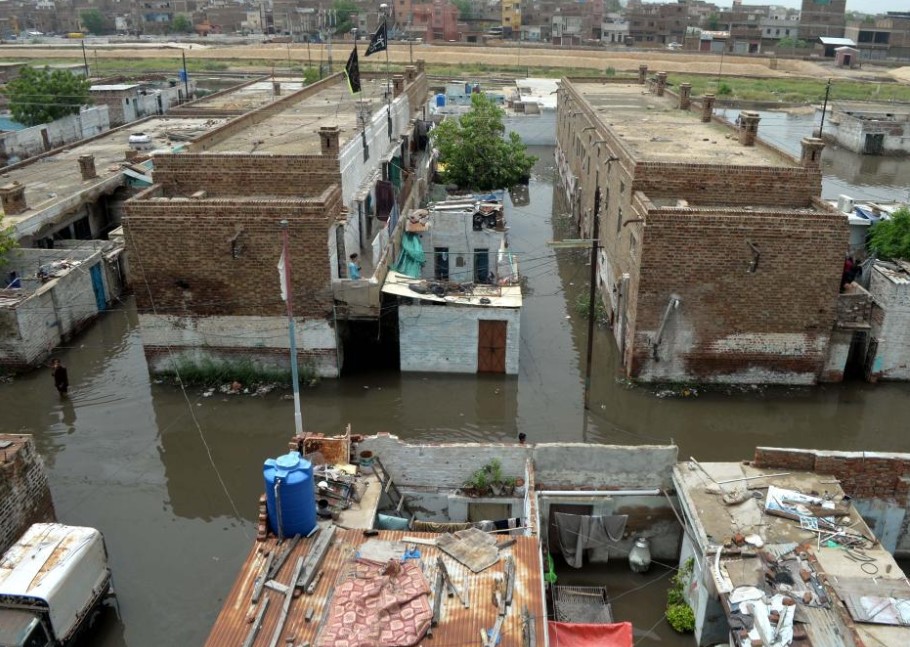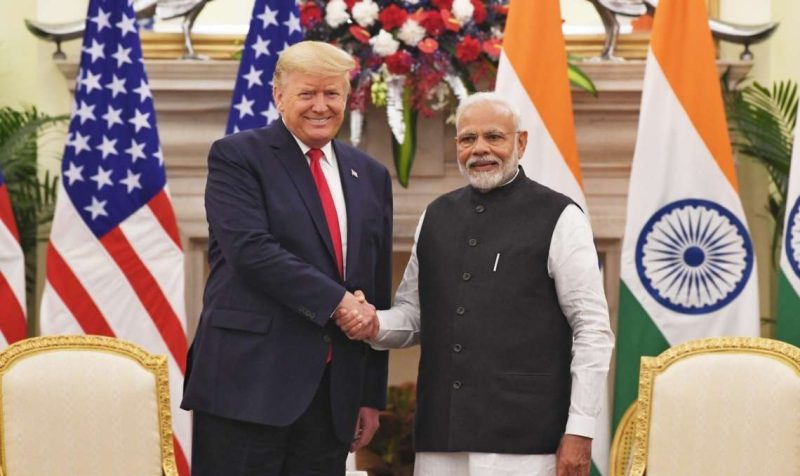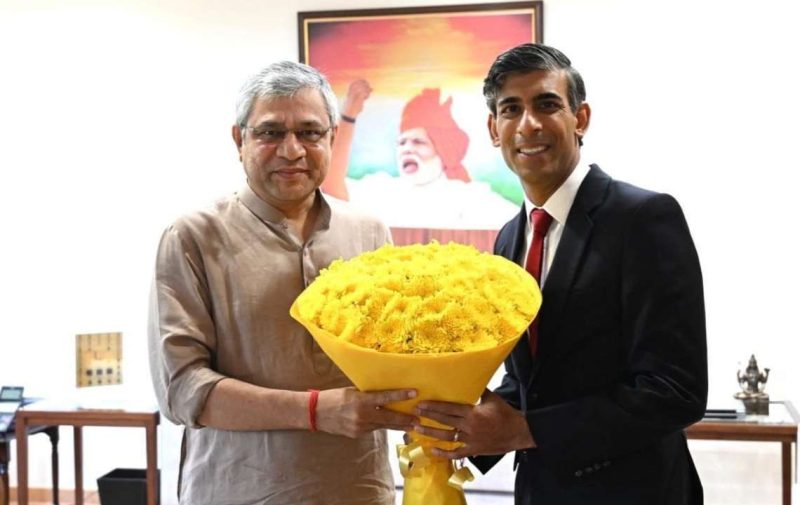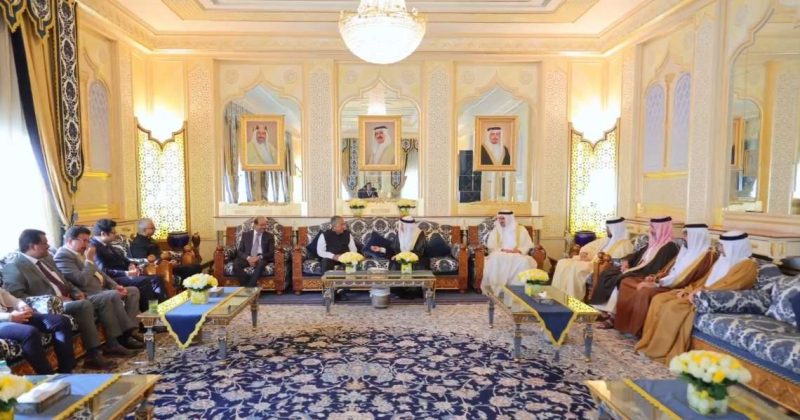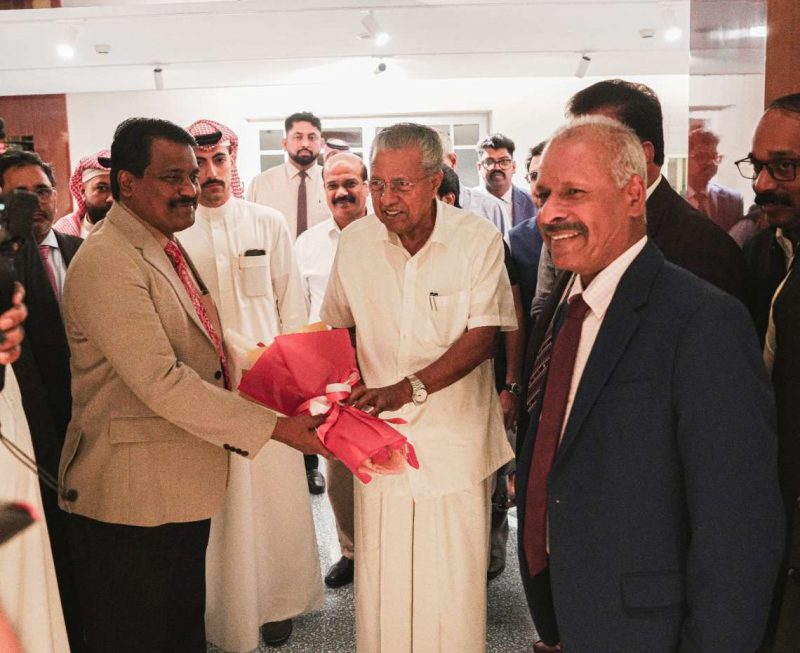China defends its Yarlung Zangbo dam amid Indian and Bangladeshi concerns, but geography and hydrology experts say India retains the upper hand in river control and flow….reports Asian Lite News
China has strongly defended its decision to go ahead with the construction of a colossal hydropower dam on the lower reaches of the Yarlung Zangbo River—known as the Brahmaputra in India—stating that the project falls squarely within its sovereign rights. At a recent press briefing, Chinese Foreign Ministry spokesperson Guo Jiakun said the project aimed at promoting clean energy and uplifting local communities, while also mitigating natural disasters.
“To build the hydropower project in the lower reaches of the Yarlung Zangbo River is fully within China’s sovereignty. The project aims to speed up clean energy development, improve local people’s life, and proactively respond to climate change,” Guo said. He further claimed that the initiative complies with China’s highest national industrial standards and gives top priority to ecological preservation.
The announcement comes amid rising concerns in India and Bangladesh over potential downstream impacts of the $16.7 billion Medog Hydropower Project, which, if completed, would have a capacity of 70 GW—more than three times the size of China’s Three Gorges Dam.
NGOs and environmentalists have warned of significant damage to biodiversity and the disruption of local livelihoods. Nevertheless, China insists the project avoids ecologically sensitive zones and is being constructed with a commitment to preserving the natural ecosystem to the “largest extent possible.”

Assurances to downstream nations
Guo sought to allay fears of water insecurity, saying China had “necessary communication” with India and Bangladesh regarding the project and would continue to enhance cooperation on flood prevention and hydrological data sharing. “The project, once completed, will help prevent and mitigate disasters along the entire Yarlung Zangbo River, and will not adversely affect downstream regions,” he said.
Yet, experts across South Asia have voiced concern over the strategic implications of the dam, especially given the strained relations between India and China. Lok Sabha MP from Arunachal Pradesh, Tapir Gao, called it a “water bomb” intended for potential use as a geopolitical tool.
Why India still holds water advantage
Despite alarm bells, hydrologists and strategic analysts argue that India’s water security remains largely intact. Though the river originates in the glacial plateaus of western Tibet, over 80 percent of its water volume is generated within Indian territory, thanks to the subcontinent’s intense monsoon rainfall.
Tibet, in contrast, receives just around 300 mm of annual rainfall, while Northeast India records more than 2,300 mm—with some pockets receiving even higher levels. Furthermore, a network of Indian tributaries and snow-fed streams bolsters the Brahmaputra’s flow, making it virtually impossible for China to exert control over the river’s long-term discharge.
More importantly, the Medog project and other dams planned by China on the Yarlung Tsangpo are believed to be run-of-the-river systems. Unlike storage dams that can stockpile water, these structures are designed to generate electricity using the river’s natural flow. As such, they do not possess the capacity to hold back significant amounts of water or drastically alter seasonal downstream flows.
“Run-of-the-river dams cannot be weaponised in the conventional sense,” a Delhi-based hydrology expert told IANS. “They may cause short-term disruptions during operations, but the idea that China can shut off the tap is simply not grounded in science.”
Voices from Assam and beyond
Adding an unexpected perspective, Assam Chief Minister Himanta Biswa Sarma has downplayed the hysteria, likening it to the alarmist rhetoric often used by Pakistan over water-sharing. Sarma even suggested that minor reductions in upstream water flow could prove beneficial for flood-prone Assam, where the Brahmaputra annually causes widespread devastation.
“Even if China regulates flow marginally, it may actually help moderate the annual flood cycle that Assam suffers every year,” said an official from the Assam State Disaster Management Authority.
India is simultaneously pursuing its own flood-control and water-storage strategies to better manage the river’s seasonal turbulence. These efforts are expected to enhance national resilience, even in worst-case scenarios.
Geopolitical and ecological watchpoints remain
That said, India remains wary about data transparency from the Chinese side and has consistently demanded greater clarity on the scope and schedule of Chinese hydropower projects near the disputed border. Bangladesh, too, is closely monitoring developments, given its reliance on the Brahmaputra—known there as the Jamuna—for agriculture and fishing.
While regional dialogue mechanisms exist, including limited cooperation between China and lower riparian states, analysts say there is a pressing need for a multilateral treaty governing the equitable and sustainable use of the Brahmaputra basin.
Despite the tensions, diplomatic experts argue that overt manipulation of the river would carry high costs for China, both in terms of its global image and regional stability. “The hydrological facts are clear, and so are the geopolitical risks. China knows that the Brahmaputra is not easily tamed—or controlled,” said an Indian foreign policy analyst.
China may have turned the key on a controversial mega-dam, but India still holds the tap when it comes to the river’s actual water volume. While the optics of China’s ambitious dam-building spree in Tibet may raise eyebrows, the science and geography suggest that New Delhi’s water advantage remains firm. Nonetheless, as ecological concerns mount and geopolitical rivalries simmer, the Brahmaputra is set to remain a central—and contested—artery in South Asia’s future.


